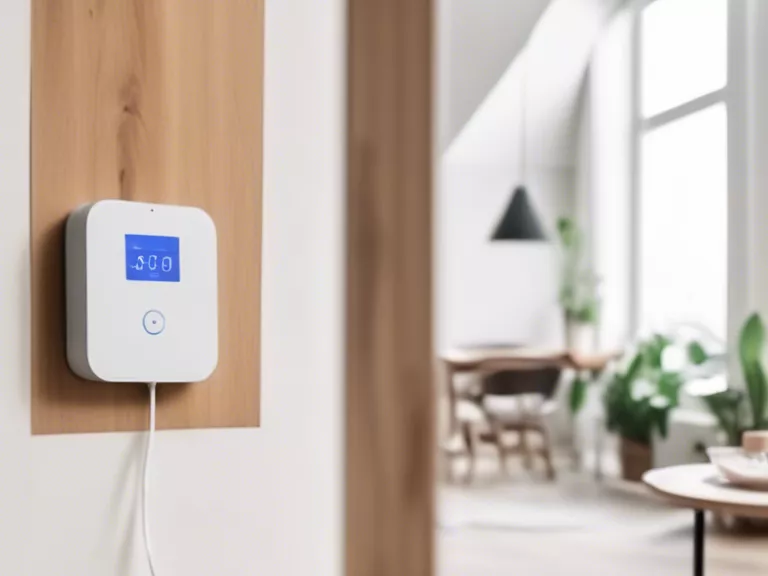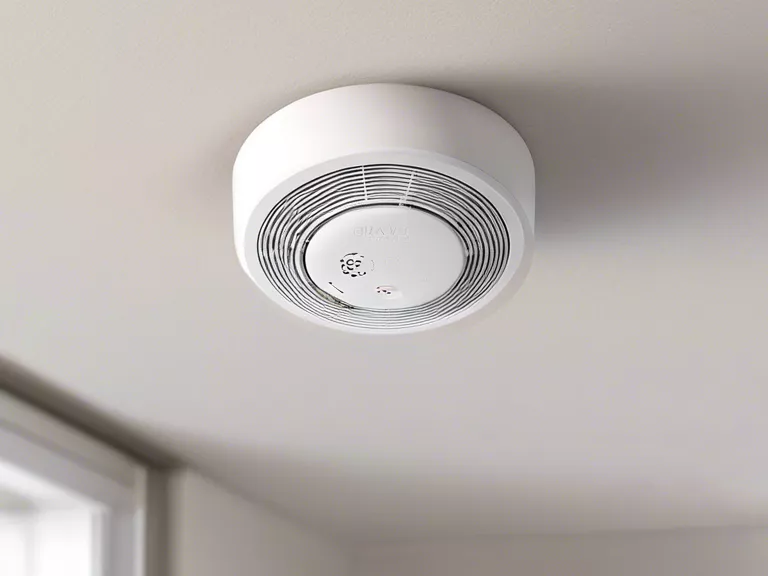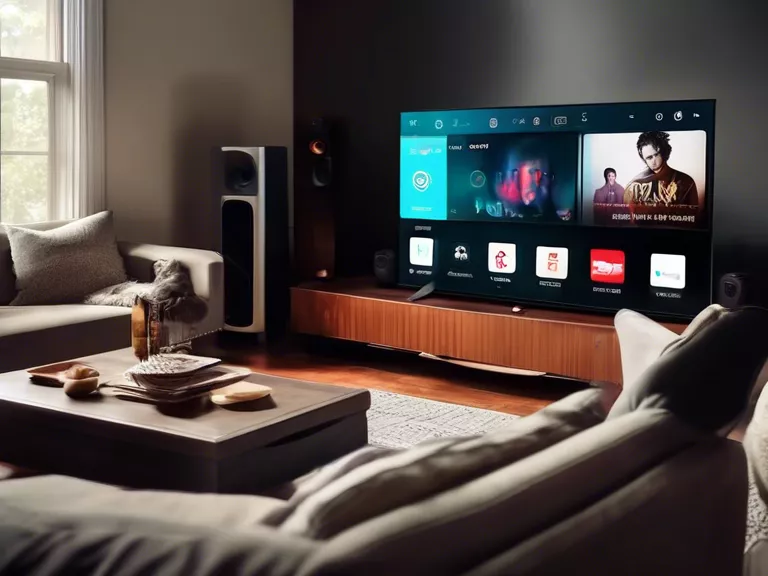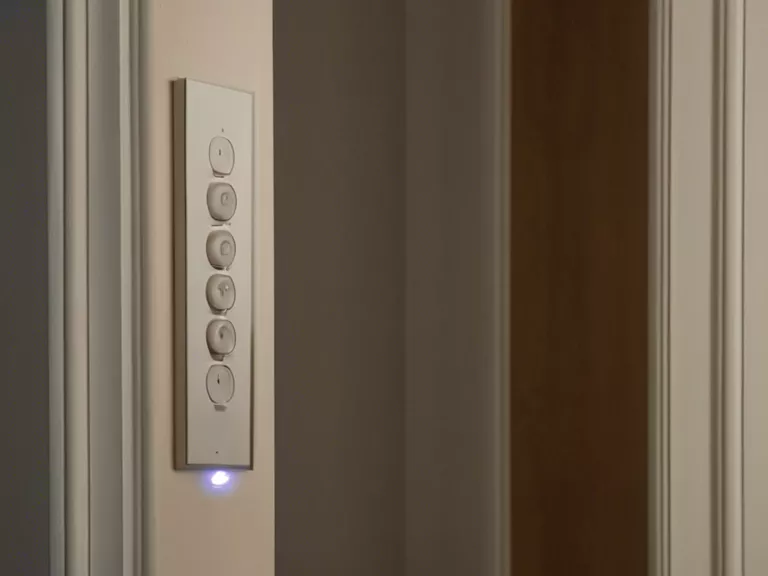
Smart sensors are revolutionizing the way we monitor indoor air quality and temperature. From detecting harmful pollutants to ensuring optimal temperature levels, these devices offer real-time data and insights that can help improve the air we breathe and the comfort of our living spaces. In this article, we will explore how to effectively use smart sensors for monitoring indoor air quality and temperature.
Firstly, it is essential to choose the right smart sensors for your specific needs. There are a variety of sensors available on the market, each designed to measure different aspects of indoor air quality such as particulate matter, volatile organic compounds (VOCs), carbon dioxide, and humidity levels. Selecting sensors that can detect the pollutants and parameters you are most concerned about will ensure accurate monitoring and actionable data.
Once you have chosen the sensors, proper placement is crucial for accurate readings. Sensors should be placed in areas where air quality and temperature fluctuations are most likely to occur, such as near HVAC vents, windows, and areas with high human activity. Avoid placing sensors near air fresheners, cleaning products, or other sources of pollutants that could skew the readings.
Regular calibration and maintenance of the sensors are also important to ensure their accuracy and reliability. Follow the manufacturer's instructions for calibration and perform regular checks to verify that the sensors are functioning properly. Additionally, be sure to replace any worn-out sensors or batteries to avoid data inaccuracies.
Utilizing a smart sensor system with a user-friendly interface can make monitoring indoor air quality and temperature more convenient and effective. Many sensors are equipped with mobile apps or online platforms that allow you to track and analyze the data in real-time. Some systems even provide alerts and recommendations based on the sensor readings, making it easier to take action when air quality or temperature levels are not ideal.
In conclusion, smart sensors are valuable tools for monitoring indoor air quality and temperature. By choosing the right sensors, placing them strategically, calibrating them regularly, and utilizing a user-friendly system, you can ensure a healthier and more comfortable indoor environment for yourself and your loved ones.



